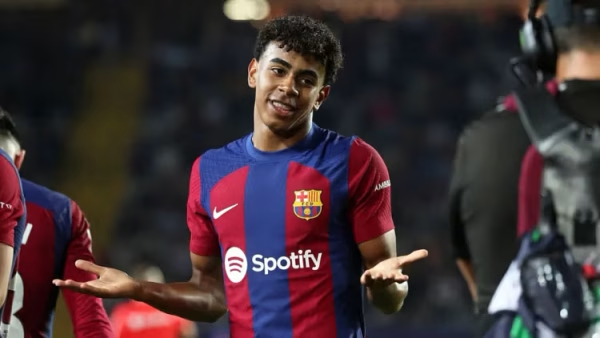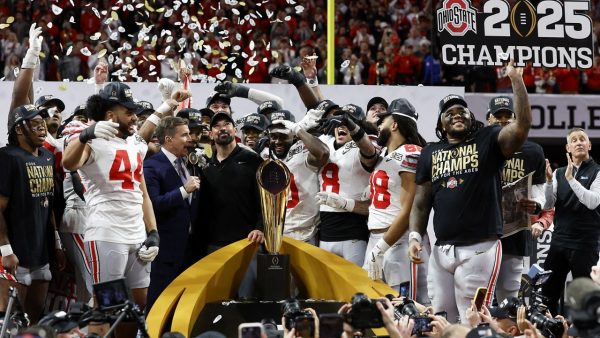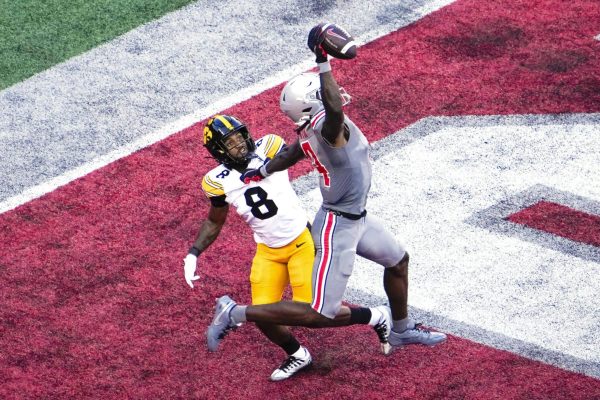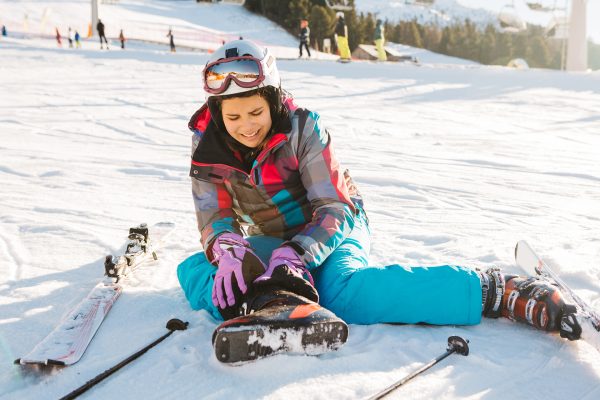Tennis Season Comes to a Close
The girls tennis team, comprised of nine individuals and coached by Mrs. Abbey and Mr. Newsome, had a 4-6-1 game record. The team had victories over Shaker, Cleveland Heights, and Hawken, and tied with South East Memorial.
Mrs. Abbey, who has been coaching for eighteen years, thinks that having a small team of nine gives her and Mr. Newsome time to help perfect each girl’s skills.
The girls on the team are eighth graders Jennifer Liu, Cassidy Feng, Cameron Meador, Olivia Zak, and Jurnee Smith and seventh graders Stuti Dwivedi, Celina Liang, Rose Weintraub, and Elizabeth Axelrod.
Jennifer Lui, an eighth grade player who holds the most competitive first singles position said, “I have always played tennis, and I enjoy playing it. I have also met many of my friends through tennis.” Similarly, Stuti Dwivedi explained that she loves to play tennis because it’s her hobby.
Cassidy Feng, who plays second singles, said her favorite part of playing tennis is improving her skills. Lui explained that practice helps the team improve and see their weaknesses as players.
Not familar with the sport of tennis? There are three main positions for tennis: baseliner, serve-and-volley, and all-court players. The baseliner is a player that stays by the baseline and hits the groundstrokes. The serve-and-volley player plays near the net as much as possible in order to hit volleys or overheads and follow most if not all of their serves directly to the net. All-court players mix the two–changing their strokes and positions.
Tennis is played on a specific court with seven main parts:
- Baseline: The line running parallel to the net that marks the boundary on the length of the court.
- Sidelines: The two lines that run perpendicular to the net and mark the boundary on the width of the court. The sidelines vary for singles and doubles play.
- Doubles alleys: The additional area on the sides of the court used in doubles play.
- Service line: The line running parallel to the net that marks the end of the two service boxes.
- Service box: The area in which a serve must land for play to continue.
- Center line: The line running perpendicular to the net that divides the two service boxes.
- Center mark: Line dividing the service area into two halves. Each half of a doubles court is marked in the same way as a singles court; the court is widened through the use of the doubles alleys, which add 4.5 feet to each sideline. The baseline and service boxes remain the same in both doubles and singles.
There are four main types of courts, clay, carpet, grass, and hard courts, and there are three types of serves, flat serves, slice serves, and top spin serves.
With only three returning seventh-grade players, next year’s tennis team will be looking for new and eager players, ready to learn the needed skills for this individual sport with the bonus of a team dynamic.






